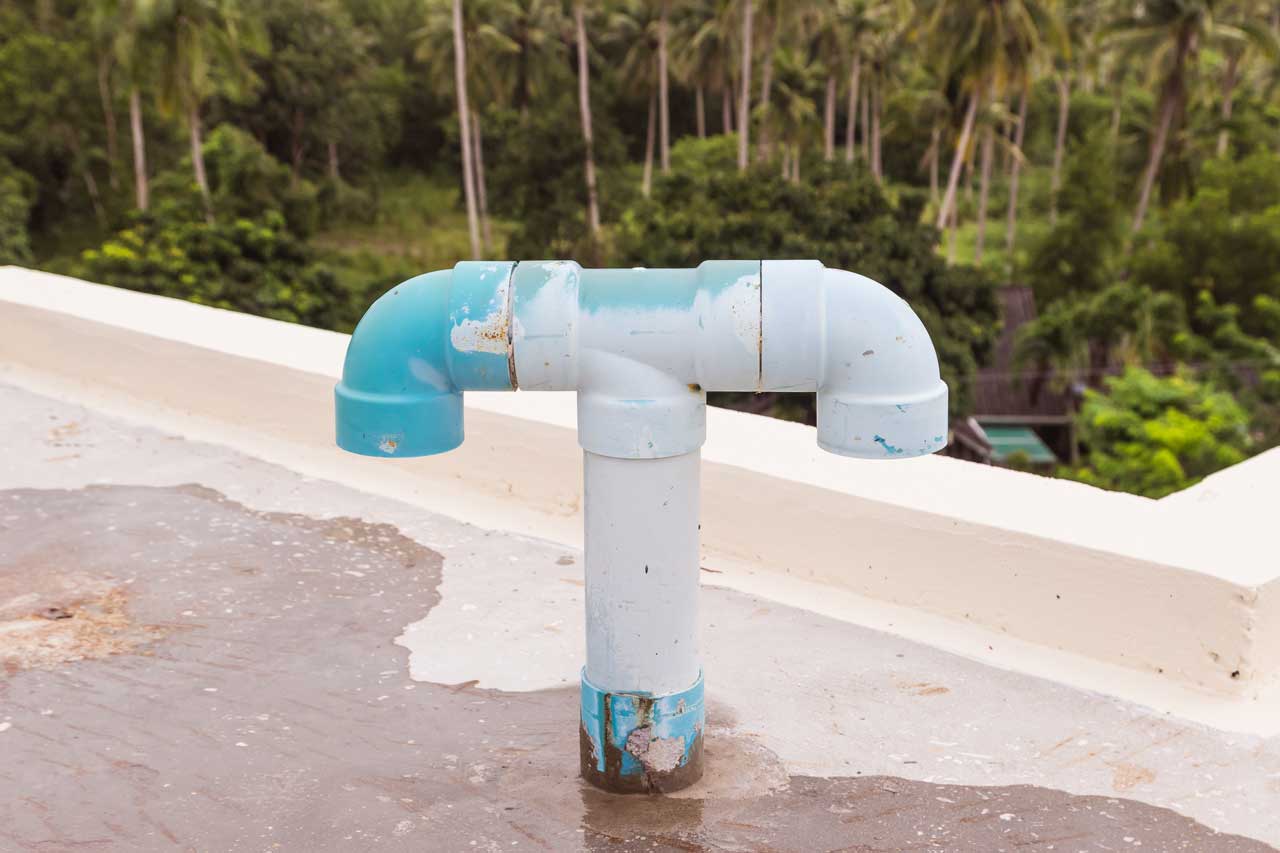

Articles
How To Tell If A Plumbing Vent Is Clogged
Modified: October 20, 2024
Learn how to easily identify if your plumbing vent is clogged with this informative guide. Explore expert articles on diagnosing and resolving ventilation blockages.
(Many of the links in this article redirect to a specific reviewed product. Your purchase of these products through affiliate links helps to generate commission for Storables.com, at no extra cost. Learn more)
Introduction
Welcome to the world of plumbing vents! If you’re a homeowner or someone who has encountered plumbing issues, you may have heard the term “plumbing vent” mentioned. But what exactly is a plumbing vent and why is it so important? In this article, we will explore the definition of a plumbing vent, its significance in the overall plumbing system, and how to recognize if it is clogged.
A plumbing vent is an integral component of the plumbing system that plays a crucial role in maintaining proper drainage and preventing unpleasant odors from entering your home. It is typically a pipe that extends vertically from your plumbing drains and is connected to the roof. Unlike drain pipes that carry wastewater away, plumbing vents allow fresh air to enter the plumbing system, enabling smooth flow, preventing suction, and promoting optimal drainage.
The importance of a plumbing vent cannot be overstated. Without a vent, the wastewater flowing down your drains would create negative pressure, impeding the flow and causing problems such as slow drains, gurgling noises, or even sewer backups. The vent helps equalize the pressure, ensuring that wastewater can flow freely and preventing any potential issues in your plumbing system.
Now that we understand the significance of a plumbing vent, let’s explore some signs that can indicate if it is clogged. Identifying these signs early on can save you from more extensive and expensive plumbing problems down the line.
Key Takeaways:
- Plumbing vents are essential for maintaining proper drainage and preventing odors in your home. Recognizing signs of a clogged vent, such as slow drainage and gurgling noises, can help you address the issue promptly and prevent further complications.
- Regular maintenance, proper installation, and preventive measures, such as installing protective screens and being mindful of landscaping, are crucial for preventing future clogs in your plumbing vent. Investing in these measures ensures the optimal performance of your plumbing system.
Read more: How To Tell If The Dryer Vent Is Clogged
What is a plumbing vent?
A plumbing vent is a component of the plumbing system that allows air to enter and exit the pipes, ensuring optimal drainage and preventing various plumbing issues. It is usually a vertical pipe that extends from the drain system and exits through the roof of a building.
The primary function of a plumbing vent is to equalize the pressure within the drainage system. When wastewater flows down the drains, it creates negative pressure, potentially causing problems such as slow drains, gurgling noises, or even sewer backups. The plumbing vent acts as a pathway for fresh air to enter and balance out the pressure, allowing wastewater to flow smoothly.
In addition to pressure equalization, plumbing vents serve other important purposes. They allow noxious gases, such as hydrogen sulfide, to escape from the plumbing system, preventing foul odors from permeating your home. These vents also provide a way for sewer gases to escape safely, protecting your health and well-being.
Another critical function of a plumbing vent is to prevent the siphoning of water from traps. Traps are U-shaped pipes located beneath sinks, showers, and toilets that hold a small amount of water to create a seal and prevent sewer gases from entering the living space. Without proper venting, the water in traps can be siphoned out, breaking the seal and allowing odors to pass through.
Plumbing vents are typically connected to the vent stack, which extends vertically through the roof and allows air to flow freely in and out. The vent stack also acts as a vent for the drainage pipes, ensuring proper venting throughout the entire plumbing system.
In summary, a plumbing vent is a vital component of the plumbing system that allows air to enter and exit the pipes, balancing the pressure, preventing odors, and ensuring optimal drainage. Understanding the role and importance of a plumbing vent can help homeowners identify and address any issues promptly, avoiding more significant plumbing problems in the future.
Importance of a plumbing vent
The importance of a plumbing vent in a building’s plumbing system cannot be overstated. It serves several essential functions that contribute to the overall functionality and efficiency of the system. Understanding the significance of a plumbing vent can help homeowners and property owners appreciate its role and address any issues that may arise promptly.
One of the primary purposes of a plumbing vent is to equalize the pressure within the drainage system. When wastewater flows down drains, it creates negative pressure. Without a vent to release the built-up pressure, various problems can occur, such as slow drainage, gurgling noises, or even backups into sinks, showers, or toilets. The plumbing vent provides an outlet for fresh air to enter the system, balancing the pressure and ensuring that wastewater can flow smoothly.
In addition to pressure equalization, plumbing vents also help prevent the siphoning of water from traps. Traps are U-shaped pipes beneath sinks, showers, and toilets that hold a small amount of water to create a seal. This seal prevents sewer gases from entering the living space. Without proper venting, the water in traps can be siphoned out, breaking the seal and allowing odors to permeate the area. The plumbing vent ensures that traps remain properly sealed, protecting the occupants from foul odors and potential health hazards.
Another crucial function of a plumbing vent is to allow noxious gases, such as hydrogen sulfide, to escape from the plumbing system. These gases, if trapped within the pipes, can create unpleasant odors and potentially pose health risks. The vent pipe provides a safe pathway for these gases to exit the system, protecting the occupants and maintaining a healthy living environment.
Furthermore, a well-designed and properly installed plumbing vent system can minimize the risk of sewer backups. By allowing air to enter the drainage system, the plumbing vent helps prevent the formation of airlocks and excessive pressure buildup. This reduces the likelihood of blockages and backups, protecting the integrity of the plumbing system and avoiding costly repairs.
Overall, the importance of a plumbing vent lies in its ability to maintain proper drainage, prevent odors, and promote the overall functionality of the plumbing system. Homeowners and property owners should ensure that their plumbing vents are properly installed, free from blockages, and regularly maintained to avoid any potential issues. If any signs of a clogged plumbing vent are detected, prompt action should be taken to resolve the problem and restore the optimal performance of the system.
Signs of a clogged plumbing vent
A clogged plumbing vent can cause a range of issues within your plumbing system. It is crucial to recognize the signs of a clogged vent so that you can address the problem promptly and prevent further complications. Here are some common signs to look out for:
- Slow drainage: One of the most noticeable signs of a clogged plumbing vent is slow drainage. If you notice that water is taking longer to drain from sinks, showers, or toilets, it could indicate a blockage in the vent. The restricted airflow prevents proper pressure equalization, causing water to drain slowly.
- Gurgling noises: Another telltale sign of a clogged plumbing vent is gurgling noises coming from your drains. These sounds occur when air is trapped in the system, trying to escape through the blocked vent. As water flows down the drain, it pushes the trapped air out, causing the gurgling sounds.
- Odors: If you notice foul odors coming from your drains or toilets, it could be a sign of a clogged vent. A blocked vent prevents the proper release of sewer gases, causing them to back up into your home. These odors are unpleasant and can indicate a problem in your plumbing system that needs attention.
- Overflowing toilets: When a plumbing vent is clogged, it can lead to sewer backups and overflowing toilets. The blocked vent prevents air from escaping, causing pressure to build up in the system. As a result, wastewater may not be able to flow properly, leading to backups and potential water damage.
- Water stains on ceilings or walls: If you notice water stains on your ceilings or walls, especially near bathroom fixtures or vents, it could indicate a clogged vent. When the vent is blocked, water may find alternative paths, leading to leaks and water stains in unexpected places.
- Persistent plumbing issues: If you are experiencing recurring plumbing problems, such as frequent clogs or backups, it could be a sign of a clogged vent. When the vent is obstructed, it puts additional stress on your plumbing system, leading to more frequent issues.
- Sewer smells: A clogged plumbing vent can cause sewer smells to permeate your home. The trapped sewer gases are unable to escape through the vent, and instead, they find their way back into your living space, resulting in unpleasant odors.
If you notice any of these signs, it is important to address a potential clogged plumbing vent as soon as possible. Contact a professional plumber who can assess the situation and take the necessary steps to clear the vent, restore proper airflow, and ensure the optimal performance of your plumbing system.
Testing for a clogged plumbing vent
If you suspect that your plumbing vent is clogged, it is essential to perform some tests to confirm the issue. Testing for a clogged plumbing vent can help you identify the problem and take appropriate steps to resolve it. Here are some methods you can use to test for a clogged plumbing vent:
- Flush test: One of the simplest tests you can perform is the flush test. Start by flushing the toilet closest to the suspected clogged vent. As the toilet flushes, observe the water level in nearby sinks or other fixtures. If the water level rises or bubbles, it could indicate a clogged vent. This test demonstrates the lack of proper pressure equalization due to a blockage in the vent.
- Smoke test: A more advanced method to test for a clogged plumbing vent is the smoke test. This test involves introducing smoke into the plumbing system to identify any leaks or blockages. Professionals use specialized smoke machines to generate non-toxic smoke, which is then introduced into the vent system. If you see smoke escaping from areas other than the vent stack, it indicates a clogged or blocked vent.
- Water flow test: Another way to test for a clogged plumbing vent is to check the water flow in your drains. Start by filling sinks or bathtubs with water. Then, open the drain and observe the water flow. If the water drains slowly or becomes stagnant, it suggests a vent blockage. This test helps determine if the vent is unable to provide the necessary airflow to facilitate proper drainage.
- Observe sewer odors: Pay attention to any persistent sewer odors in your home. If you notice foul smells coming from your drains or toilets, it could indicate a clogged vent. The blocked vent prevents the release of sewer gases, causing them to back up instead. Take note of any unusual or persistent odors, as they can be a sign of a vent blockage.
- Professional inspection: If you are unable to identify the issue or perform the tests yourself, it is recommended to seek the help of a professional plumber. They have the expertise and tools to conduct a thorough inspection of your plumbing system, including the vent. Professionals can use specialized cameras to identify blockages or perform pressure tests to determine the location and severity of the clog.
Testing for a clogged plumbing vent is crucial to diagnose the issue accurately. Once you’ve identified a clogged vent, it is important to take immediate action to clear the blockage and restore proper airflow in your plumbing system. Consulting a professional plumber is highly recommended to ensure a thorough assessment and efficient resolution of the problem.
If you suspect a clogged plumbing vent, look for signs such as gurgling noises from drains, slow draining sinks, or sewer odors in your home. It’s important to address a clogged vent to prevent potential plumbing issues.
Read more: How To Clean Clogged Dryer Vent
Causes of a clogged plumbing vent
A clogged plumbing vent can disrupt the proper functioning of your plumbing system, leading to various issues such as slow drainage, foul odors, and even backups. Understanding the causes of a clogged plumbing vent can help you prevent these problems and maintain the optimal performance of your plumbing system. Here are some common causes of a clogged plumbing vent:
- Debris buildup: Over time, debris such as leaves, twigs, and even small animals can find their way into the plumbing vent, causing a blockage. Leaves and debris can accumulate on the vent opening, obstructing the airflow and preventing proper pressure equalization. Regular inspections and cleaning of the vent can help prevent this type of blockage.
- Animal nests: Small animals, such as birds or squirrels, may seek refuge in the plumbing vent and build nests, particularly during nesting seasons. These nests can block the vent, preventing proper airflow and causing potential issues in the plumbing system. Installing bird guards or protective screens can help prevent animals from entering the vent and creating obstructions.
- Freezing temperatures: In colder climates, plumbing vents can become vulnerable to freezing temperatures. When moisture builds up in the vents and freezes, it can block the airflow, leading to a clogged vent. Proper insulation of the plumbing vents and regular maintenance during winter months can help prevent freezing and subsequent clogs.
- Vent pipe damage: Damage to the vent pipe can also result in a clogged plumbing vent. If the vent pipe becomes damaged or cracked, debris and other materials can enter the pipe and obstruct the airflow. Tree roots can also infiltrate underground vent pipes, causing blockages. Regular inspections and prompt repairs of any vent pipe damage are essential to prevent clogs.
- Improper installation: Sometimes, a clogged plumbing vent can be the result of improper installation. If the vent pipe is not installed at the correct angle or if it does not extend far enough above the roofline, it can impede the flow of air and lead to a blockage. Hiring a professional plumber to ensure proper installation is crucial to prevent vent clogs.
Preventing clogs in your plumbing vent is crucial for maintaining a properly functioning plumbing system. Regular inspections, cleaning, and prompt repairs of any damage or obstructions are key preventive measures. By understanding the causes of a clogged plumbing vent, you can take proactive steps to protect your plumbing system and avoid potential issues in the future.
Clearing a clogged plumbing vent
If you’ve determined that your plumbing vent is clogged, taking immediate action is essential to restore proper airflow and prevent further plumbing issues. Clearing a clogged plumbing vent can be a straightforward process that you can tackle on your own, or it may require the assistance of a professional plumber. Here are some methods commonly used to clear a clogged plumbing vent:
- Visual inspection: Start by visually inspecting the vent stack on your roof. Look for any obvious signs of blockage, such as debris, leaves, or animal nests. Use a ladder and protective gear, if necessary, to clear away any visible obstructions. Be cautious to avoid damaging the vent or your roof during the process.
- Using a plumbing snake: If the clog is further down the vent pipe and not easily accessible from the roof, you can use a plumbing snake or auger. Insert the snake into the vent opening and carefully maneuver it down the pipe. Rotate the snake as you push it through to break up the clog and clear the obstruction. Pull out the snake and flush water down the vent pipe to ensure the clog is fully cleared.
- High-pressure water jetting: In more stubborn cases, where a simple plumbing snake may not be effective, professional plumbers may use a high-pressure water jetting method to clear the clog. This process involves feeding a specialized nozzle into the vent pipe and blasting high-pressure water to dislodge and flush out the blockage. High-pressure water jetting is best left to experienced plumbers, as it requires specialized equipment and training.
- Chemical drain cleaners: Chemical drain cleaners are another option for clearing a clogged plumbing vent. These cleaners contain powerful chemicals that can dissolve or break down organic materials causing the blockage. However, they should be used with caution as they can be harmful to the environment and may damage plumbing fixtures or pipes if not used correctly. Follow the instructions on the product carefully and consider wearing protective gear.
- Professional assistance: If the clog persists or if you’re uncomfortable attempting the clearing process yourself, it’s best to seek the help of a professional plumber. Plumbers have the experience, tools, and expertise to diagnose and clear clogged plumbing vents. They can assess the situation, recommend the best course of action, and ensure that the vent is properly cleared to restore optimal airflow in your plumbing system.
After clearing the clogged plumbing vent, it’s important to monitor the system closely for any lingering issues. If you continue to experience slow drainage, gurgling sounds, or other signs of a clogged vent, it may indicate a more severe problem that requires professional intervention. Regular maintenance, inspections, and keeping the vent system clear of debris can help prevent future clogs and ensure the smooth operation of your plumbing system.
Prevention of future clogs
Preventing future clogs in your plumbing vent is crucial for maintaining a properly functioning plumbing system and avoiding potential issues. By implementing a few simple preventive measures, you can reduce the risk of vent clogs and ensure the smooth operation of your plumbing system. Here are some effective ways to prevent future clogs:
- Regular inspections and cleaning: Schedule regular inspections of your plumbing vent, especially after periods of heavy rainfall or strong winds. Remove any debris, leaves, or animal nests that may have accumulated on the vent stack or around the vent opening. Regular cleaning prevents blockages from forming and maintains optimal airflow.
- Install protective screens or bird guards: To deter animals from entering the plumbing vent, install protective screens or bird guards. These devices allow air to flow freely while preventing animals from nesting inside the vent and causing blockages. Ensure the screens or guards are securely fastened to prevent them from becoming debris traps themselves.
- Proper vent installation: During new construction or when making modifications to your plumbing system, ensure that the vent pipes are installed correctly. The vent pipe should extend above the roofline and be positioned at the appropriate angle to allow for optimal airflow. Hiring a professional plumber to handle the installation can help ensure that it is done accurately.
- Insulate plumbing vents: If you live in an area with freezing temperatures, consider insulating your plumbing vents. Insulation can help prevent moisture from accumulating within the vents and freezing, ultimately causing blockages. Consult a professional plumber for the most suitable insulation materials and methods for your specific climate.
- Be mindful of landscaping: When planning your landscaping, be mindful of the location of your plumbing vents. Avoid planting large trees or shrubs near the vents, as their roots can infiltrate the vent pipes and cause blockages. Regularly trim any vegetation to prevent it from obstructing the vent openings.
- Properly dispose of waste: Only dispose of appropriate waste materials down your drains and toilets. Avoid flushing items like grease, food scraps, sanitary products, or paper towels, as they can potentially clog not only your plumbing pipes but also the vent system. Dispose of these items in the appropriate waste receptacles.
- Seek professional assistance: If you encounter persistent vent clogs or issues with your plumbing system, it’s best to consult a professional plumber for assistance. They can perform thorough inspections, detect any underlying problems, and provide you with the best solutions to prevent future clogs.
Taking these preventive measures will help keep your plumbing vent clear and functioning properly. Maintaining a well-maintained vent system ensures the proper equalization of pressure, prevents odors, and promotes optimal drainage throughout your plumbing system. By investing in regular maintenance and being mindful of what goes down your drains, you can prevent future clogs and enjoy a trouble-free plumbing system for years to come.
Conclusion
Plumbing vents are an integral part of your plumbing system, playing a crucial role in maintaining proper drainage, preventing odors, and ensuring the overall functionality of the system. Understanding the importance of a plumbing vent and being vigilant about its maintenance is key to avoiding problems like clogs, slow drainage, sewer backups, and foul odors.
In this article, we explored what a plumbing vent is and its significance in the plumbing system. We discussed the signs of a clogged plumbing vent, including slow drainage, gurgling noises, odors, overflowing toilets, water stains, persistent plumbing issues, and sewer smells. Recognizing these signs can help you address a potential clog promptly and prevent further complications.
We also covered various methods to test for and clear a clogged plumbing vent. From simple flush tests and visual inspections to more advanced techniques like smoke tests and water jetting, there are options for both DIY enthusiasts and those who prefer professional assistance. Clearing a clogged vent requires timely action and the proper tools or expertise to restore optimal airflow in your plumbing system.
Preventing future clogs in your plumbing vent is equally important. Regular inspections, cleaning, and installation of protective measures like screens or guards can help keep the vent clear of debris and animal nests. Proper installation, insulation in cold climates, and responsible waste disposal practices are also vital for preventing vent blockages and maintaining a smoothly running plumbing system.
In conclusion, taking care of your plumbing vent is crucial for the well-being of your entire plumbing system. By understanding its significance, recognizing signs of a clog, performing regular maintenance, and promptly addressing any issues, you can ensure the longevity and optimal performance of your plumbing system. Remember, prevention is key, but if you do encounter a clogged plumbing vent, don’t hesitate to seek professional help to resolve the problem efficiently and effectively.
Frequently Asked Questions about How To Tell If A Plumbing Vent Is Clogged
Was this page helpful?
At Storables.com, we guarantee accurate and reliable information. Our content, validated by Expert Board Contributors, is crafted following stringent Editorial Policies. We're committed to providing you with well-researched, expert-backed insights for all your informational needs.
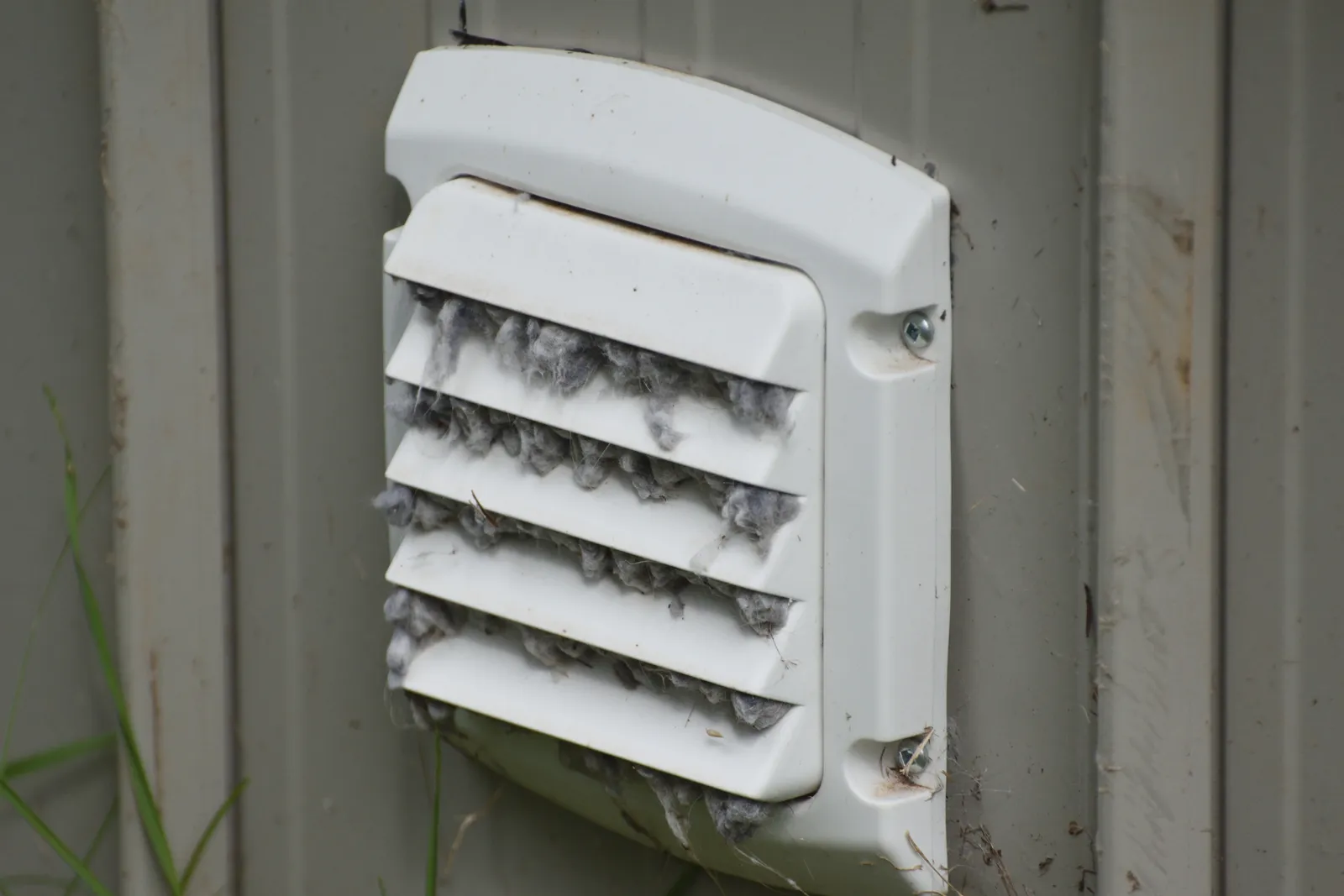
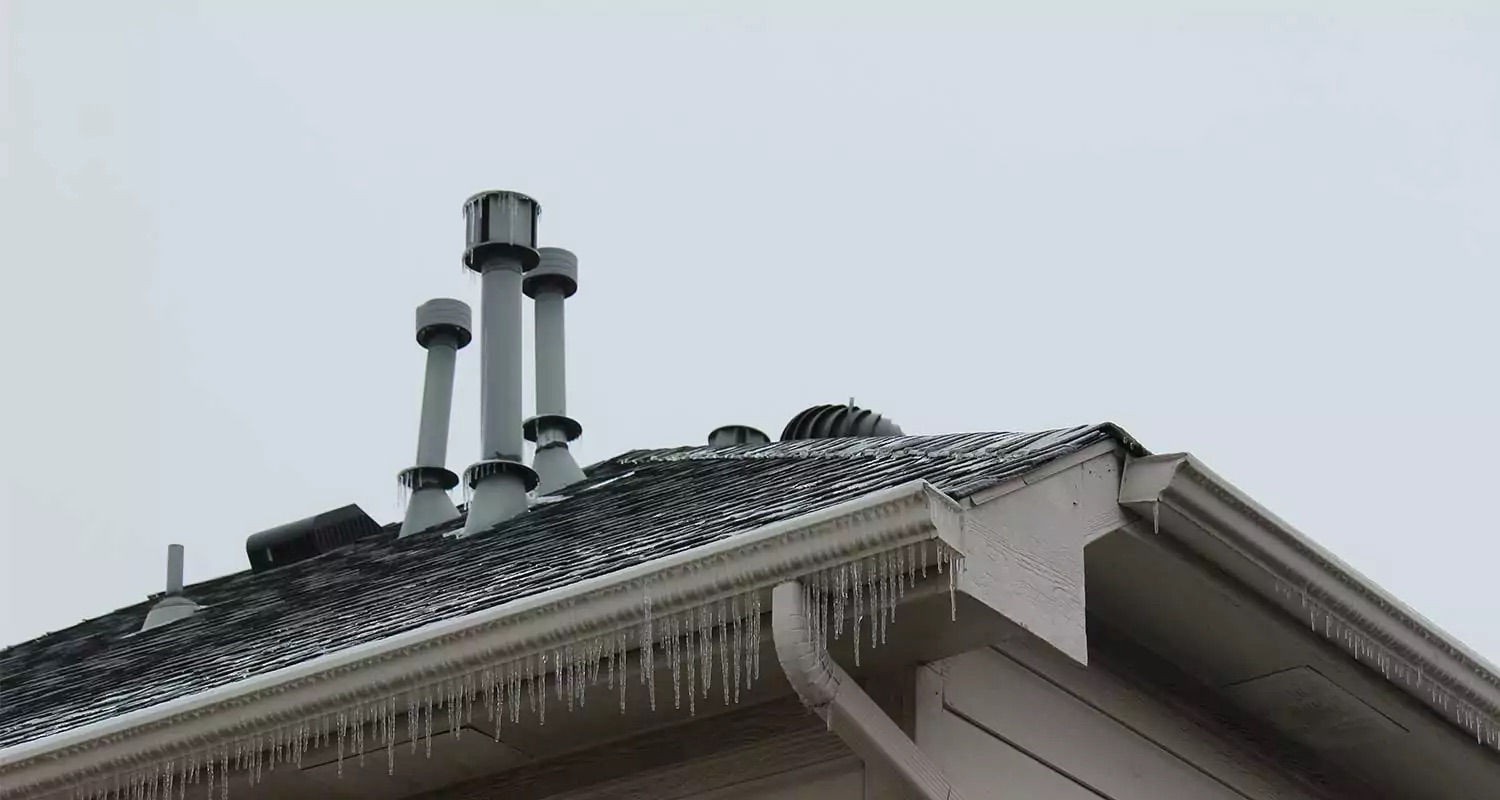
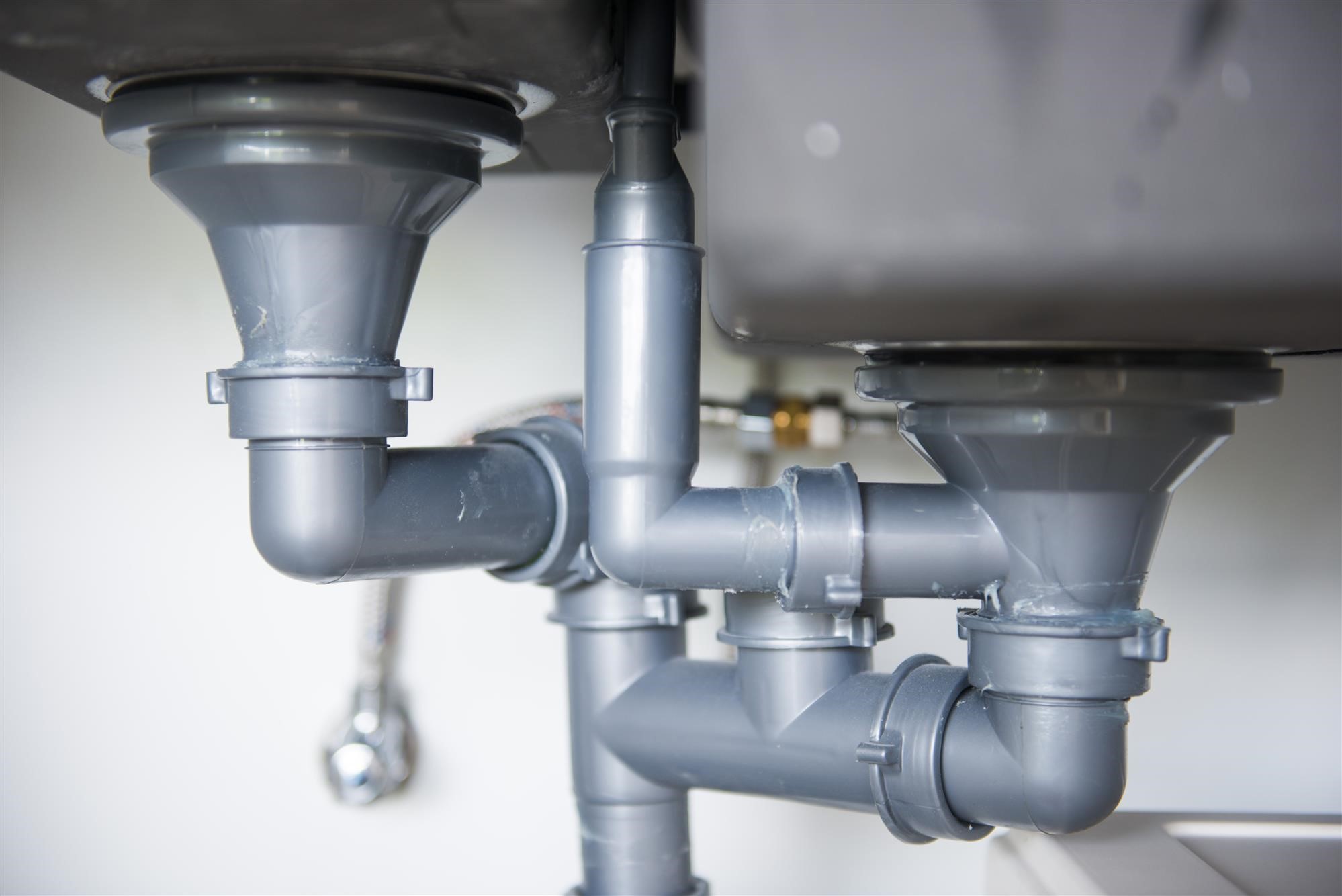
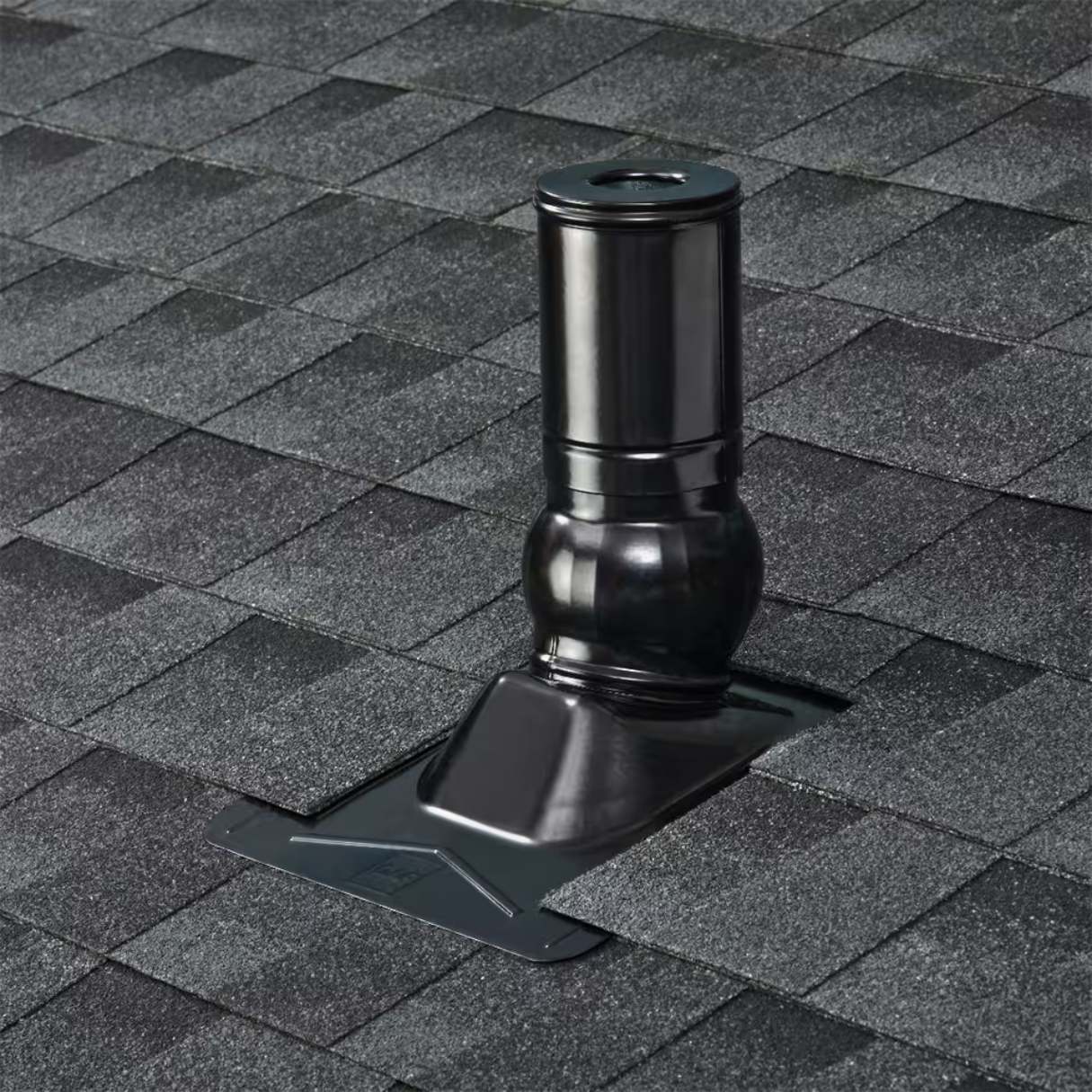
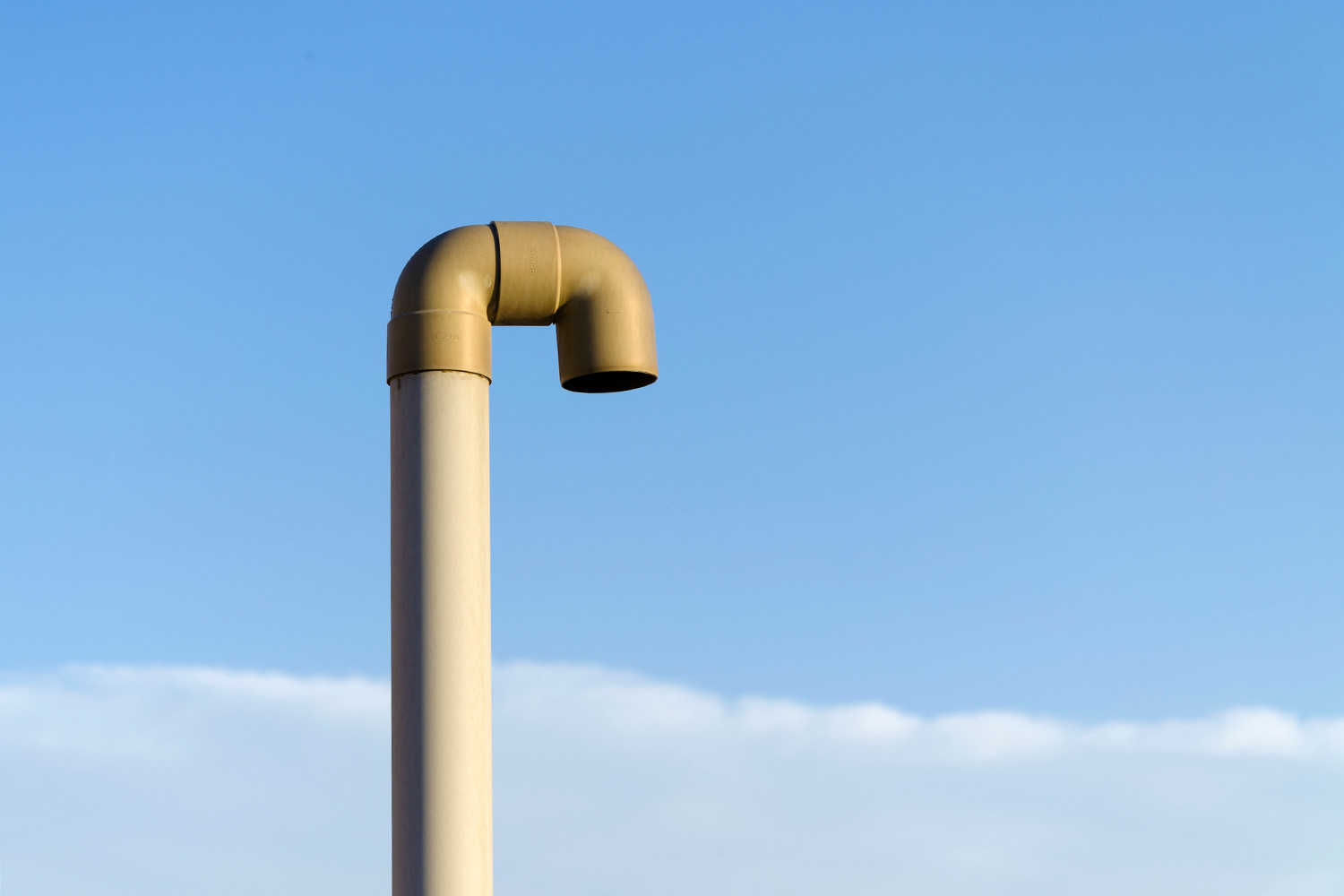
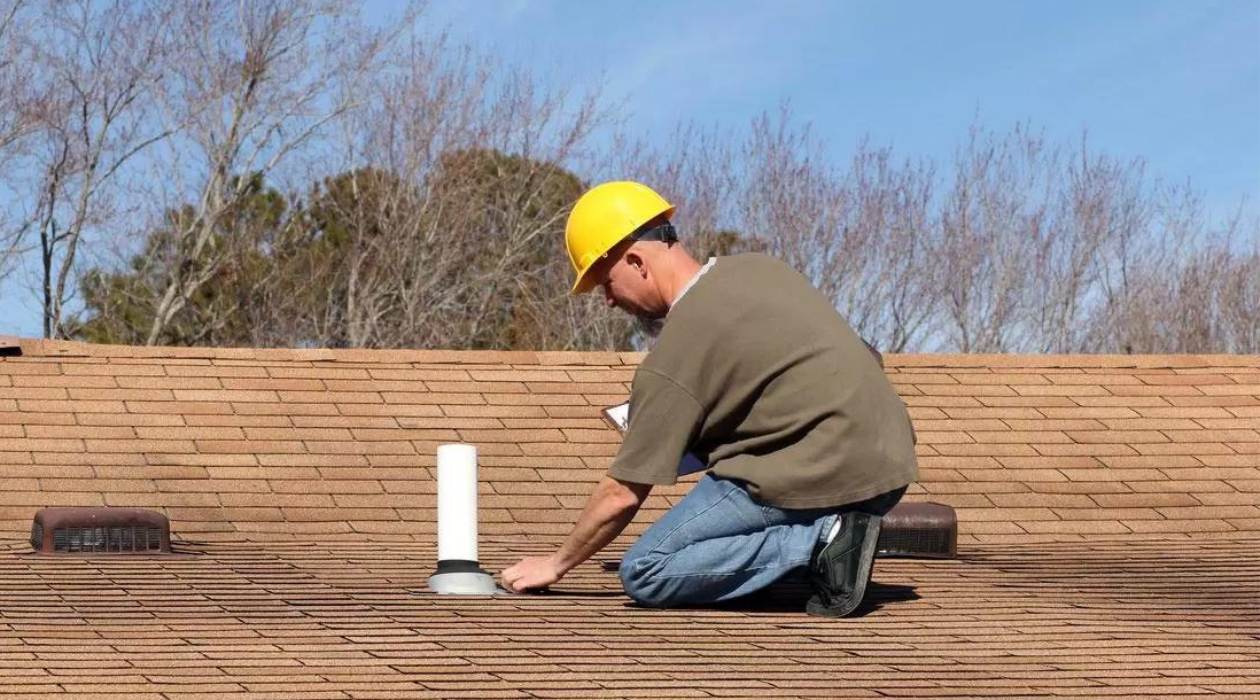
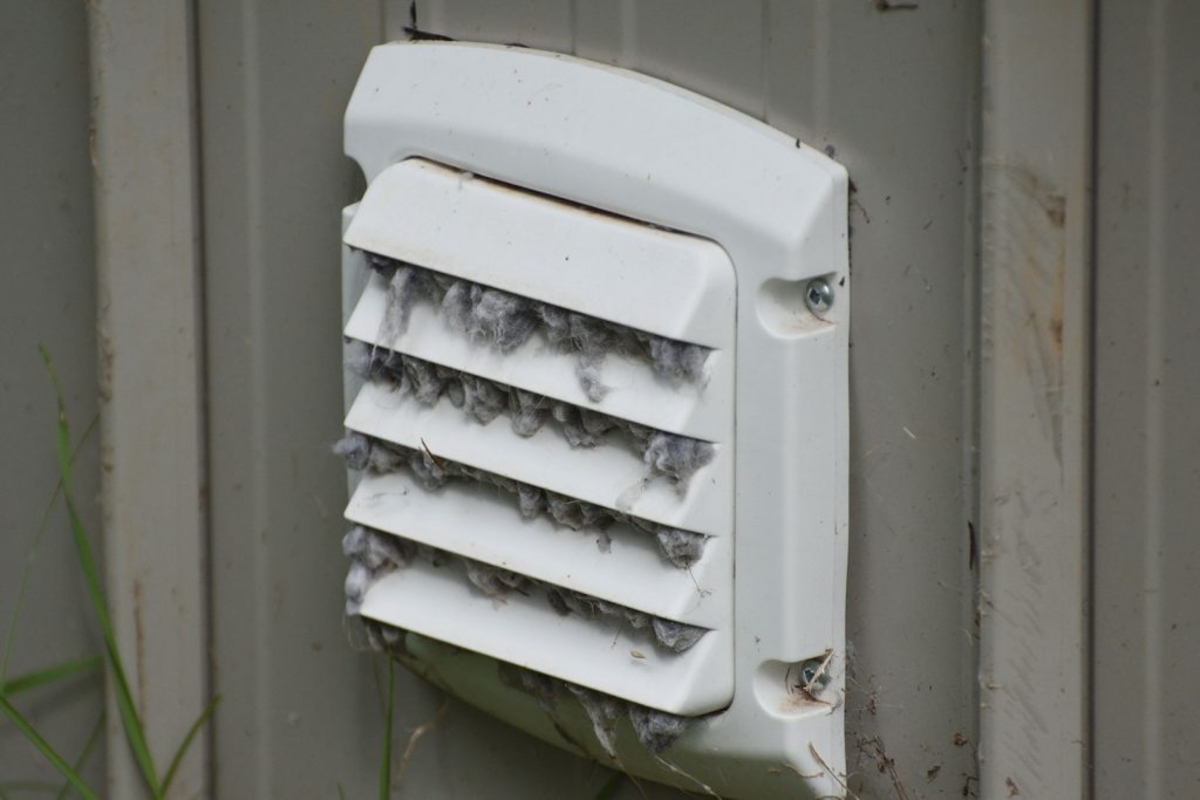
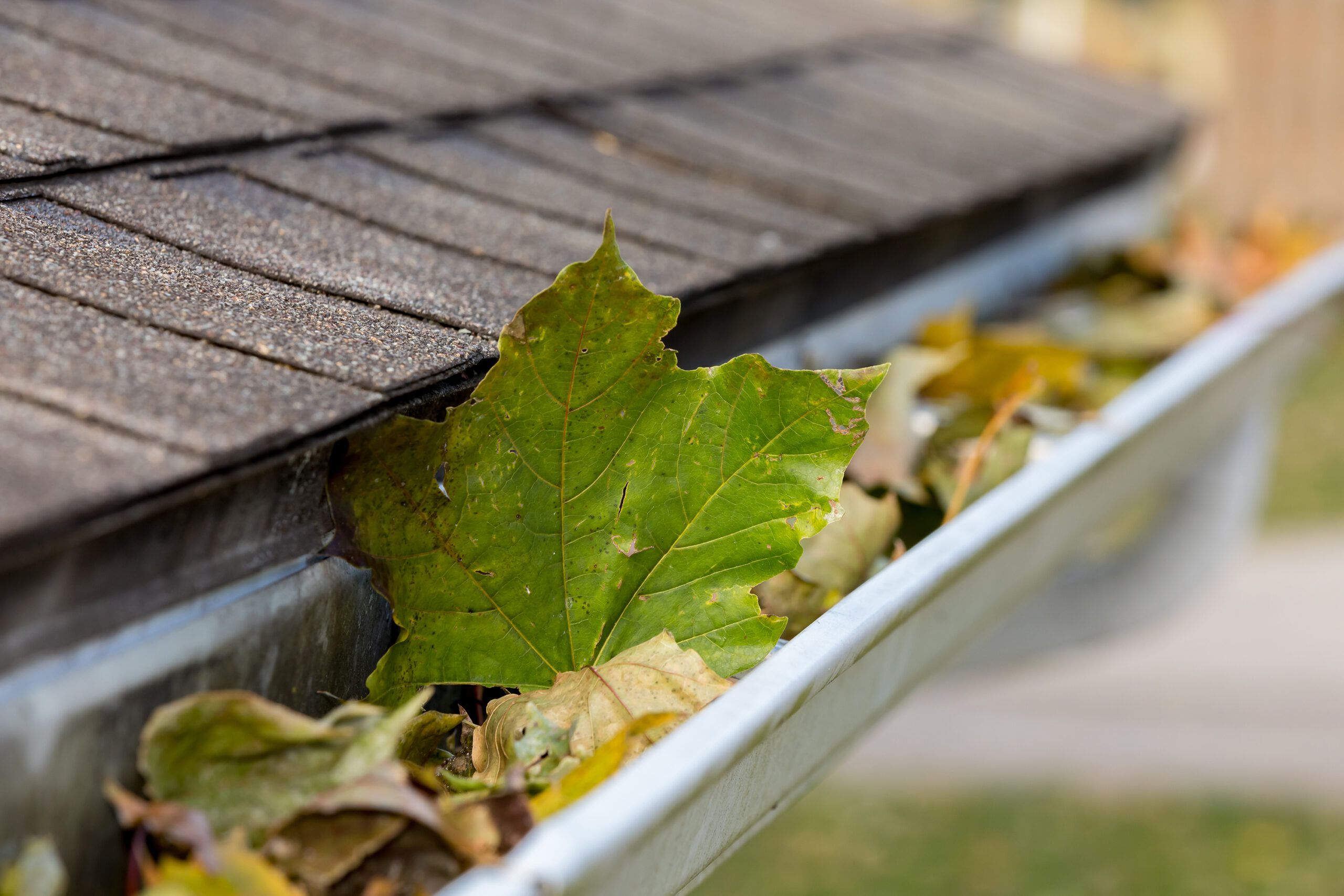
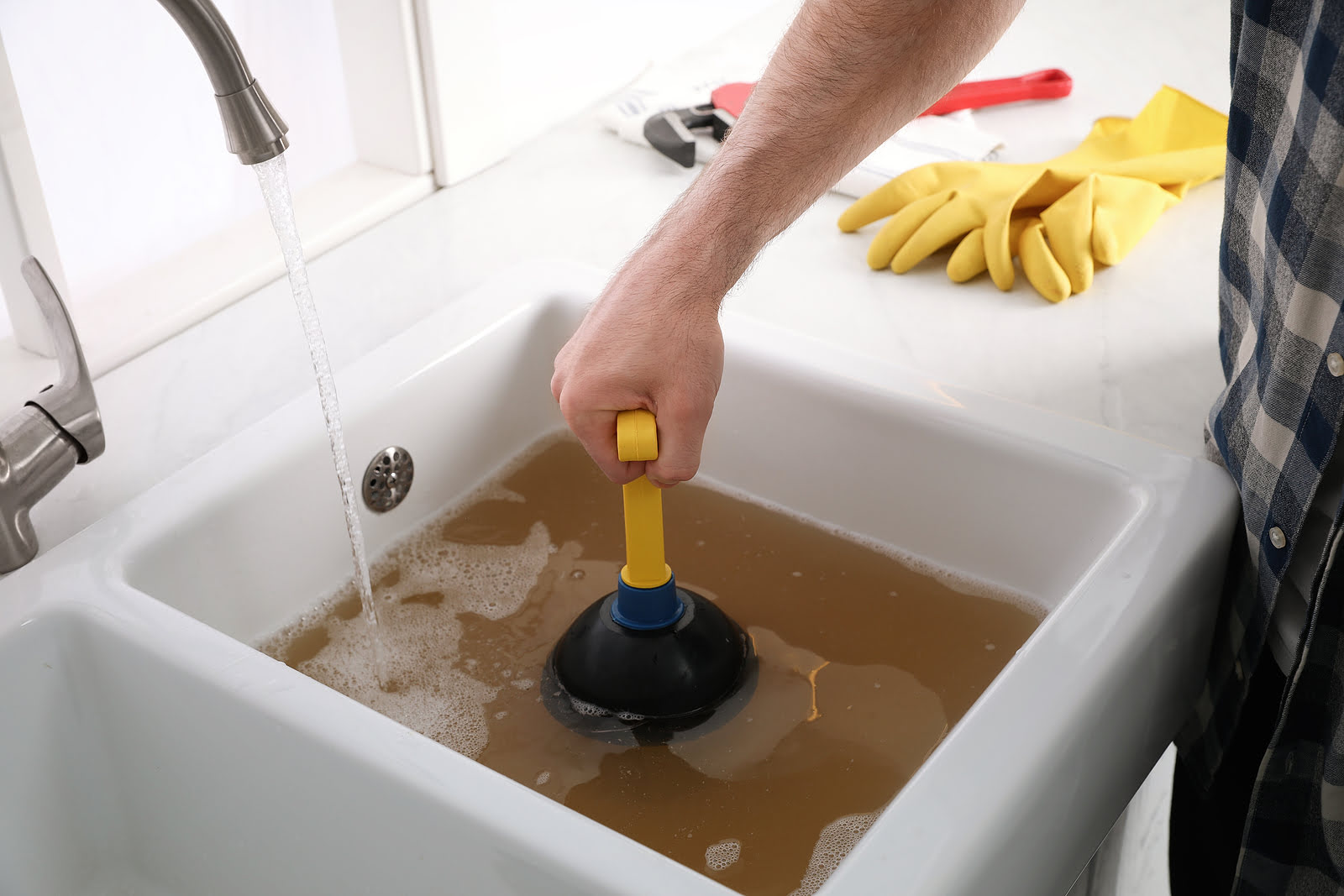

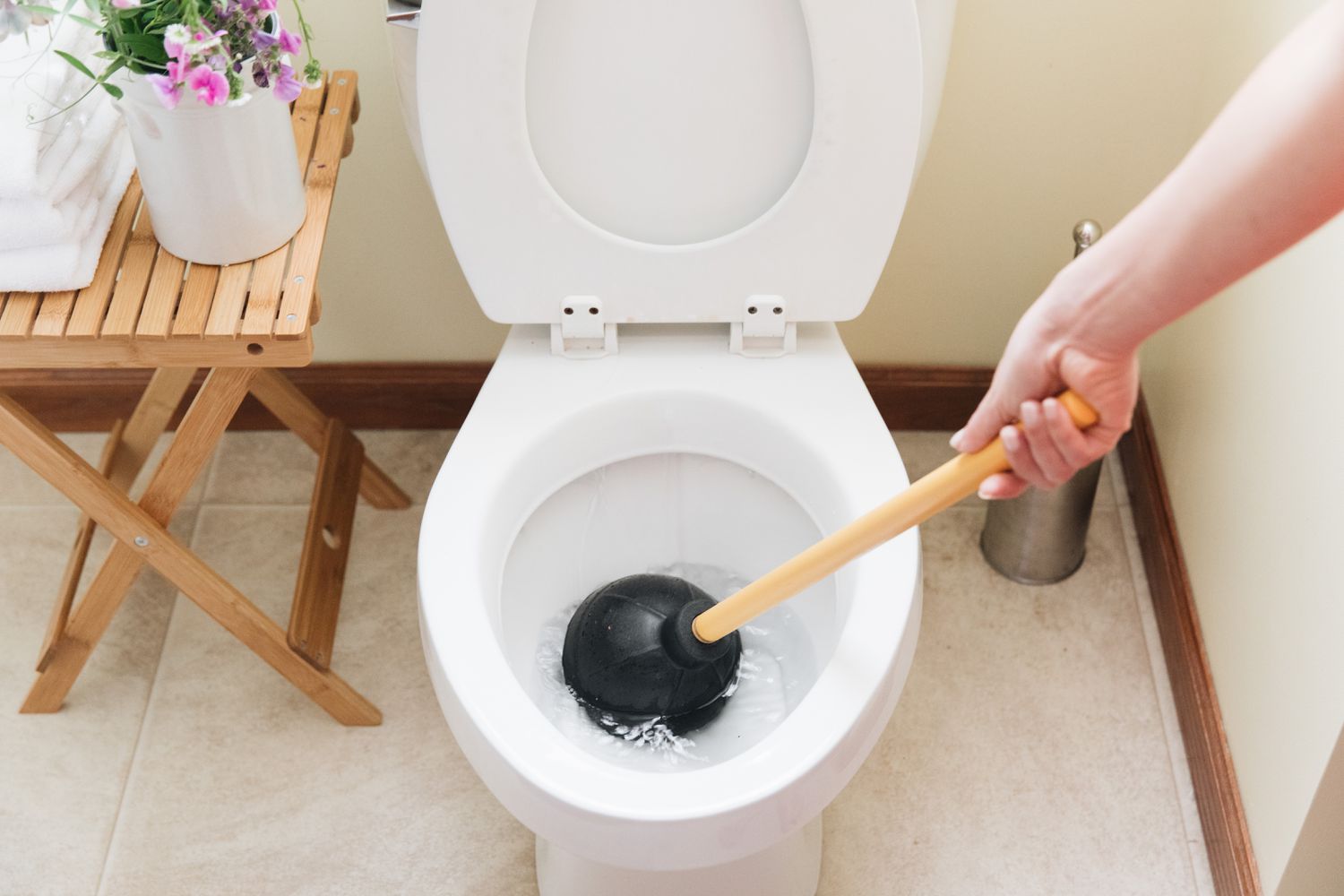
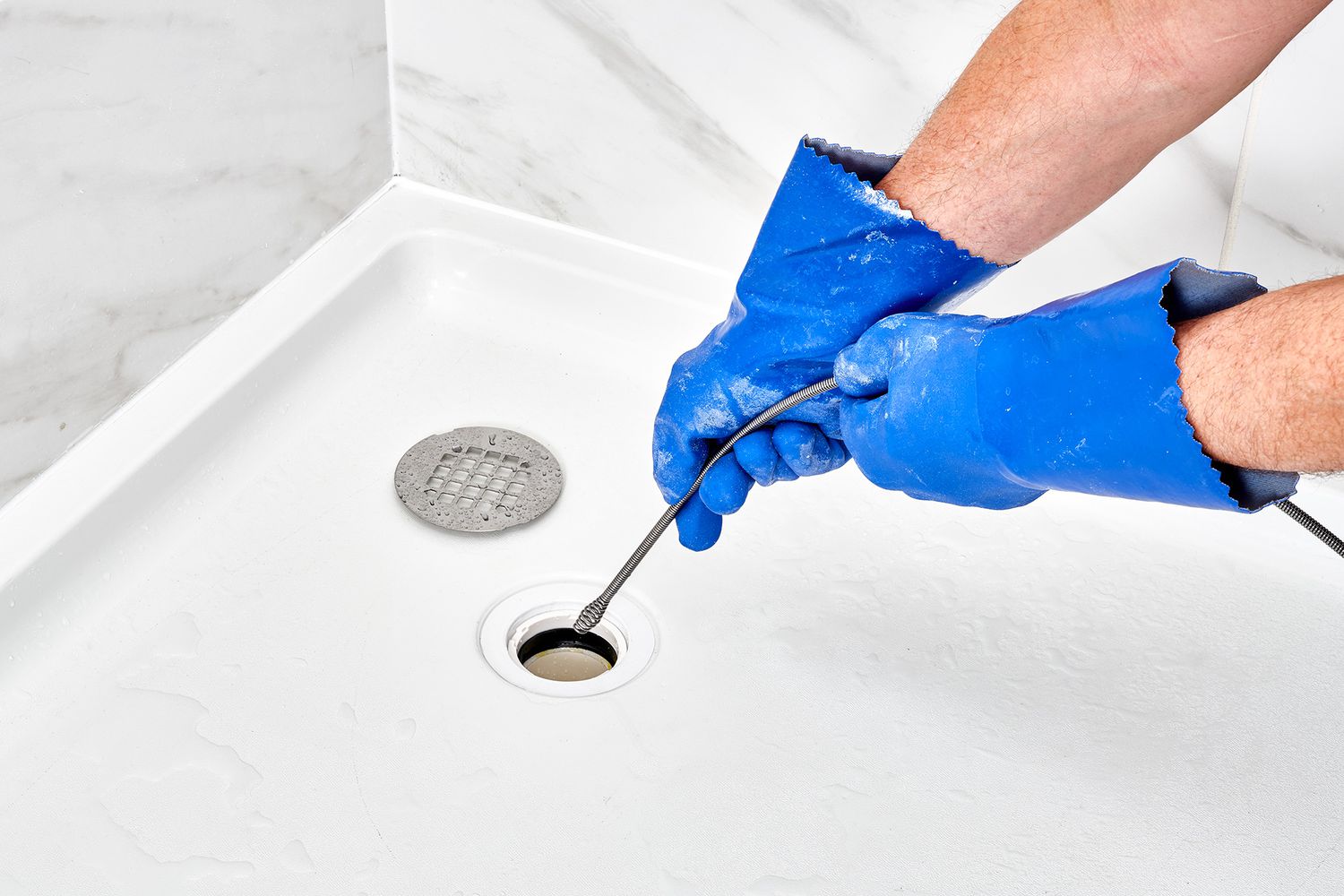
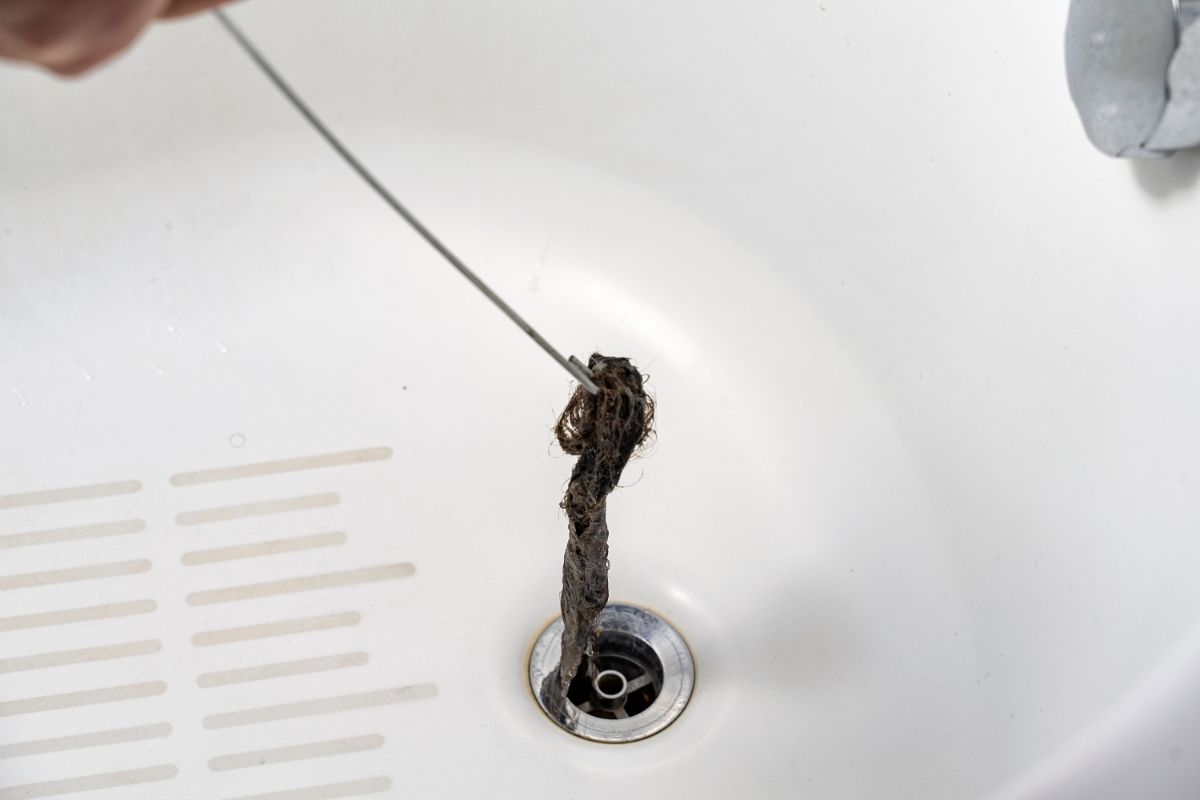
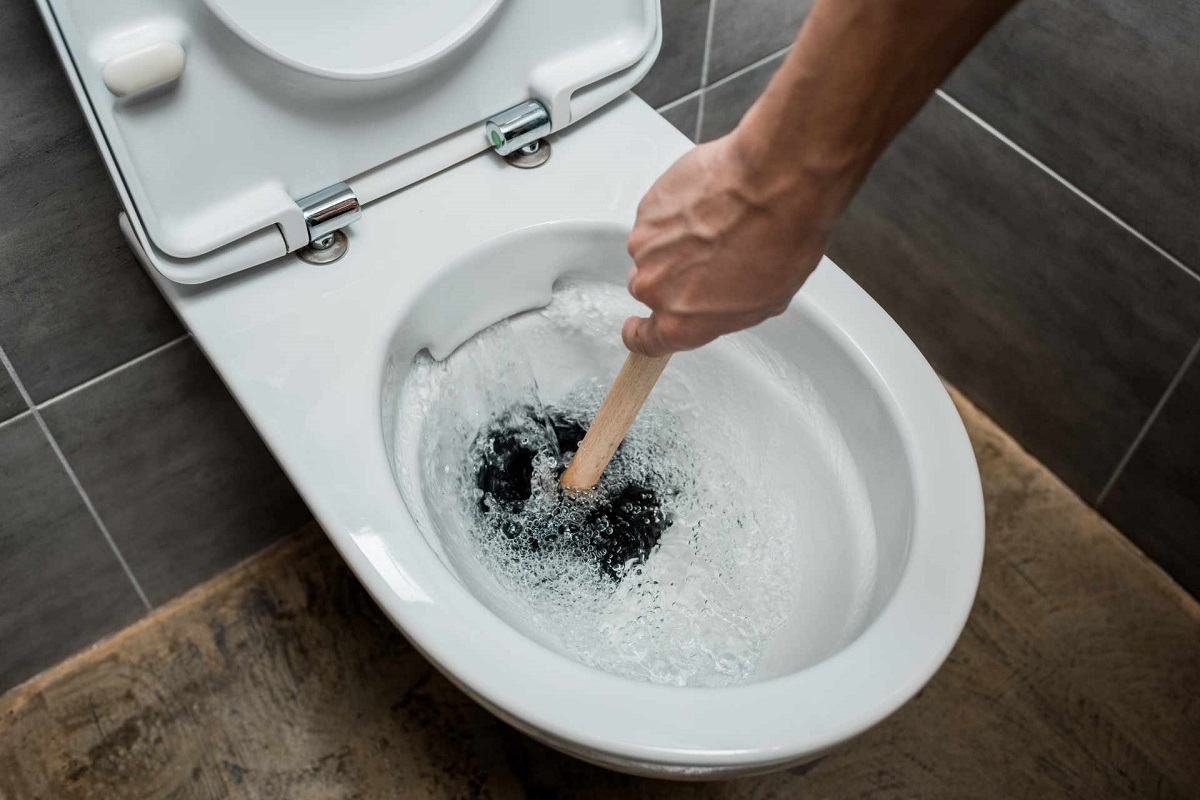

0 thoughts on “How To Tell If A Plumbing Vent Is Clogged”